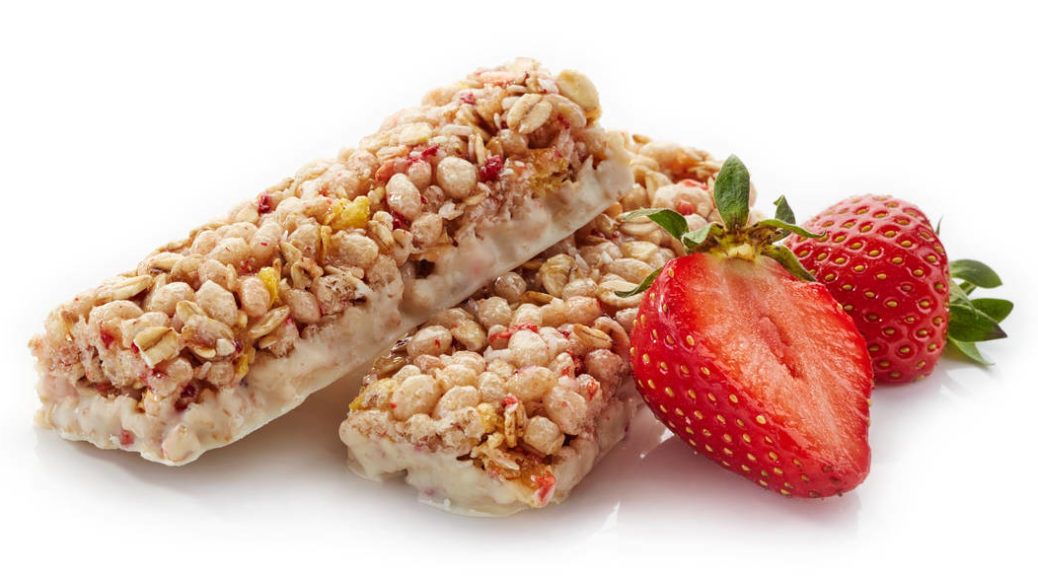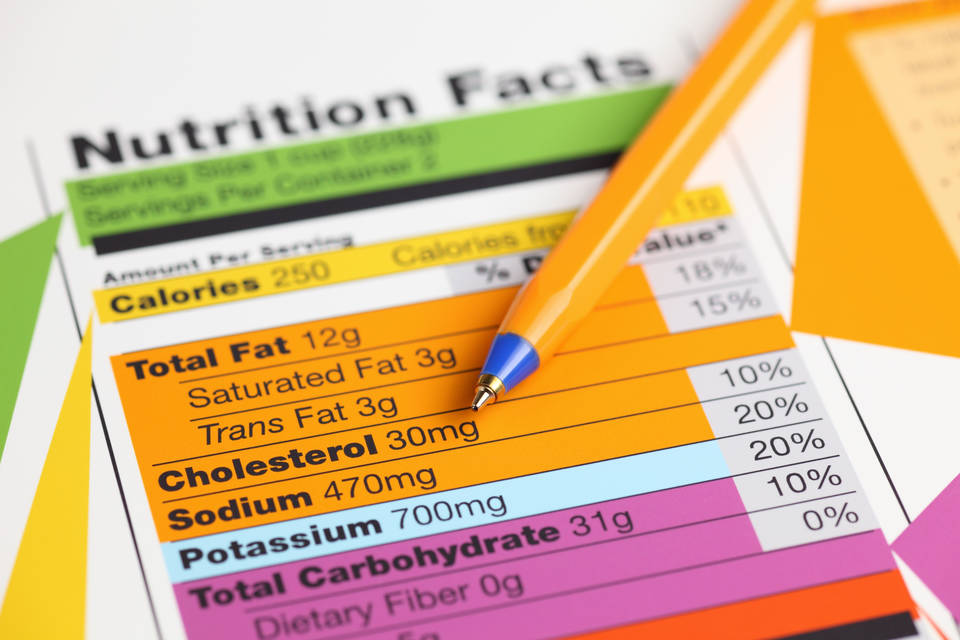What is a calorie?
A calorie is a unit of energy that measures the amount of energy our bodies receive after eating or drinking. For example, if a healthy beverage or snack contains 100 calories, then your body gets 100 calories worth of energy from that snack or beverage. Reading nutrition labels are a great way to learn how many calories, among other things such as protein or carbohydrates, are in a specific healthy snack or beverage. Paying attention to the number of calories consumed is one of several tools available that can help us live a healthy lifestyle.
Calorie Counts and Labels
Because of the ongoing U.S. obesity epidemic, the medical and public health communities have sought out alternative ways to educate the public and begin reversing the problem. One approach has been to encourage consumers in New York City to understand more about the food and beverages consumed outside of the home as those calories count for one-third of total calories consumed. To ensure that consumers have access to the appropriate information, the U.S. Food & Drug Administration (FDA) developed new requirements regarding the placement of calorie counts on restaurant menus (effective May 5, 2017) and nutrition label placement on items purchased from vending machines (effective December 1, 2016, except for specific food items sold from glass-front vending machines).
Andrew Breck, a doctoral candidate at NYU Wagner Graduate School of Public Service in New York City and co-author of the Philadelphia study “The Current Limits of Calorie Labeling and the Potential for Population Health Impact,” stated that “the success of such a calorie-labeling campaign, however, requires that target consumers simultaneously see the calorie labels, are motivated to eat healthfully, and understand how many calories they should be eating.” Unfortunately, the study found that fast food consumers in Philadelphia have not changed their choices even with calorie counts placed on the menu. But, Connie Diekman, director of university nutrition at Washington University and study co-author commented, “awareness is the first step in the change process, so if consumers begin to see the numbers, eventual change is possible.”
Healthy Eating
While not everyone is interested in considering nutritional labels, we would like to offer some motivation for those in New York City who might need it. Deciding to eat healthfully should be a personal decision as no two individuals are the same. For some, an increase in energy or feeling better is why they want to change their diet. For others, a stronger immune system and lower health care costs are the reason. In either case, making small simple steps and tracking your progress can help to avoid feeling overwhelmed. To maintain your new way of eating and keep food costs down, there are several things that you can do including educate yourself about how many calories you, as an individual, need and which foods offer which nutrients, find foods that taste good to you, and create a plan for menus and food prep that fits your lifestyle.
For those times when you need a snack or quick meal, cost and convenience do not need to outweigh nutrition. Healthy vending machines offer alternatives that not only meet nutritional requirements but are also cost-effective and convenient. Which healthy snacks and beverages will be available at your New York City office or school? Contact Healthy Vending at 917.572.3671 to learn more about healthy vending machine options.


